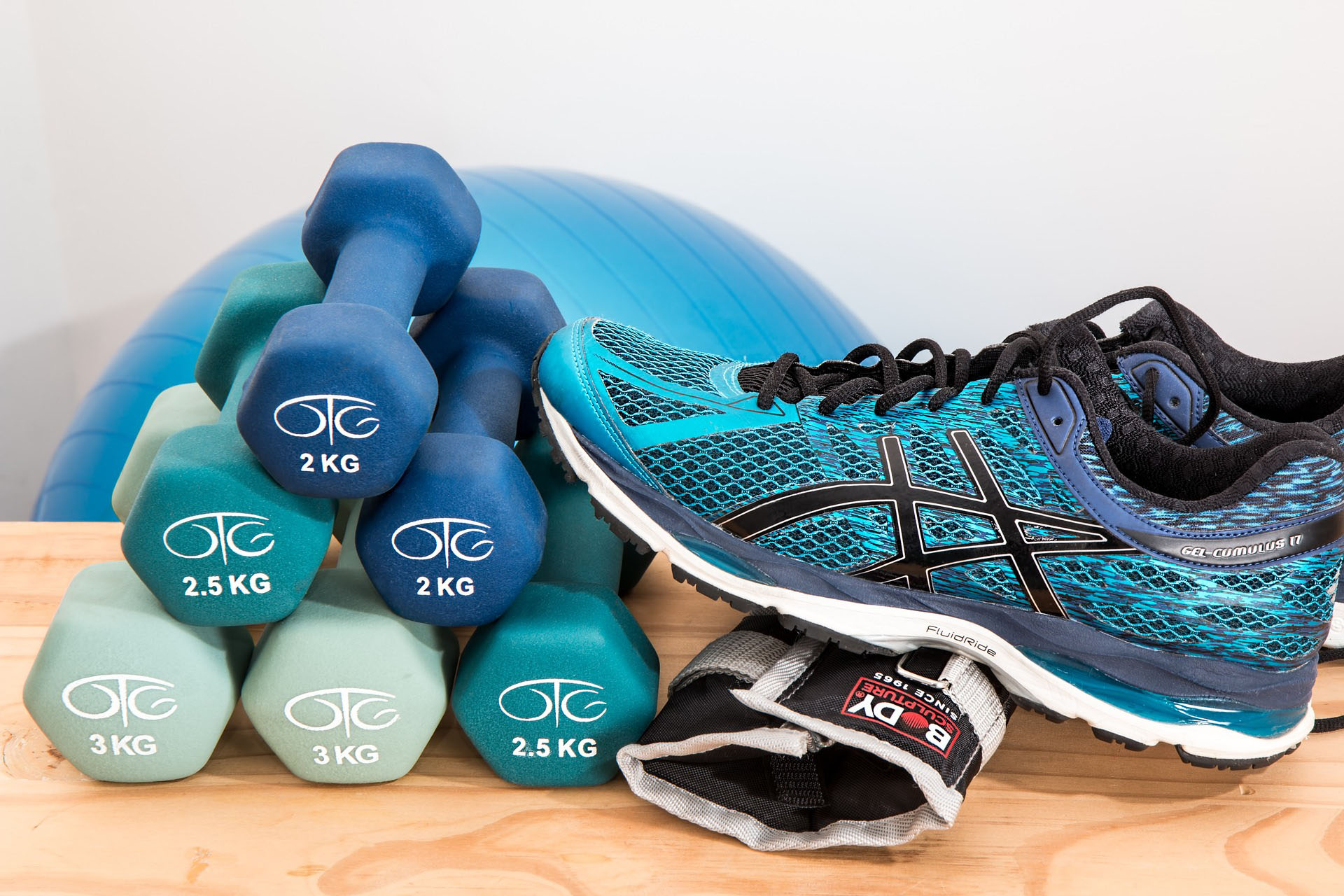You probably know that regular exercise reduces your risk for heart disease, diabetes and some cancers. What you might not realize is that it can also slow the speed at which your cells age.
Telomeres are protective caps on the ends of chromosomes inside cells. Over time, a cell’s telomeres get shorter and shorter, eventually causing that cell to die. The loss of telomeres as people get older plays a role in many age-related health changes — and some studies suggest that regular physical activity helps delay this process.
Here are three fitness habits that can slow down the clock. If you haven’t been active for a while, start out gently and build up gradually to harder workouts.
1. Walking at a Fast Clip
Walking helps improve heart and brain health, lower blood sugar and maintain strong bones. Plus, research has tied aerobic exercise — which includes walking at a brisk pace — to having longer telomeres. The greatest health benefits come from walking more than 3 miles per hour on a flat surface or more than 2 miles per hour uphill. Along with brisk walking, other examples of moderate-intensity aerobic activity include bicycling, water aerobics and doubles tennis.
2. Interval Training
Now and then, challenge yourself to dig deeper. Break up a moderately difficult walk or bike ride with short bursts of running or cycling at top speed. You’ll get the same health and anti-aging benefits as you would from exercising at a steady moderate pace, but in less time.
3. Flexing Your Muscles
Muscle mass and strength typically peak from ages 30 to 35. After that, muscle power usually starts a slow downhill slide. But you can put on the brakes with strength training. At least twice weekly, do activities that force your muscles to work against gravity. You might lift weights, use a medicine ball or do body-weight exercises (such as push-ups and squats).


